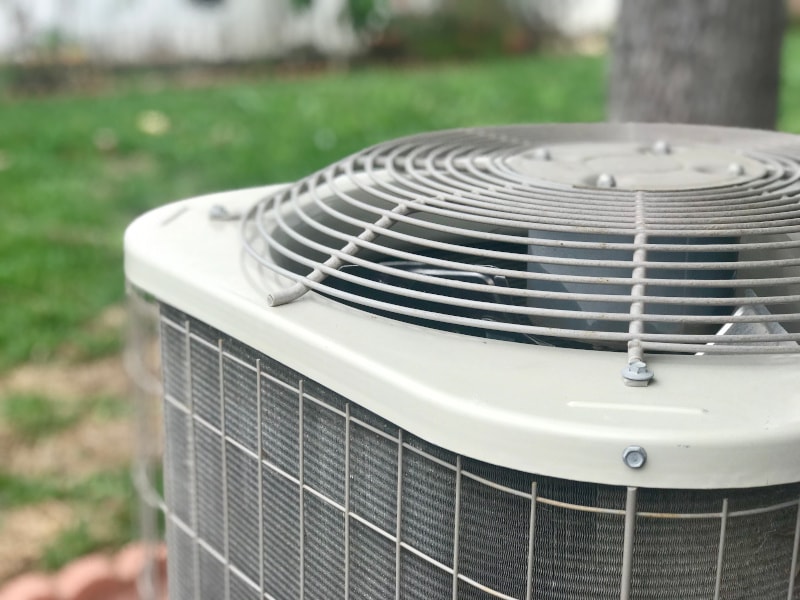In one hour, a heat pump should run two to three cycles. However, environmental factors and faulty components can make your system in Odessa, TX, work without taking breaks. Here’s why your heat pump runs continuously:
Extreme Outdoor Temperatures
During the cold season, your heat pump brings heat into your home from the outdoor environment rather than generating it. If the surrounding air and ground are too cold, your heat pump takes longer than usual to bring in sufficient heat.
Similarly, if the environment is too hot, the system takes more time to eliminate heat absorbed in your living space. This is a normal situation, so you shouldn’t panic.
Dirty Coils
The indoor heat pump coil allows the refrigerant to draw heat from your indoor air during the cooling season while the outdoor coil allows the fluid to transfer heat to the surroundings. Dirt and debris can build up on these coils, creating a layer that makes it difficult for the refrigerant to draw and release heat efficiently. To ensure these coils conduct their functions efficiently, schedule maintenance services before the cooling and heating seasons commence.
Dirty Filter
Your heat pump must draw and heat or cool enough air from your living space to meet your temperature needs. When your filter becomes too dirty, it blocks air from entering the system.
Consequently, the system runs continuously as it tries to draw more air. Inspect your air filter often and replace it when needed.
Refrigerant Leaks
An HVAC system with inadequate refrigerant takes longer to bring in or dispose of heat. To address this problem, request a professional service technician to inspect and repair the leaky refrigerant lines. The service technician will also recharge the system to compensate for the lost refrigerant.
Running constantly shortens your heat pump’s lifespan. Call our heat pump experts at WTR (WTR) whenever your system malfunctions. Our professional service technicians will respond promptly, fix the underlying problem as quickly as possible and advise you how to use your system more efficiently.
Image provided by iStock





